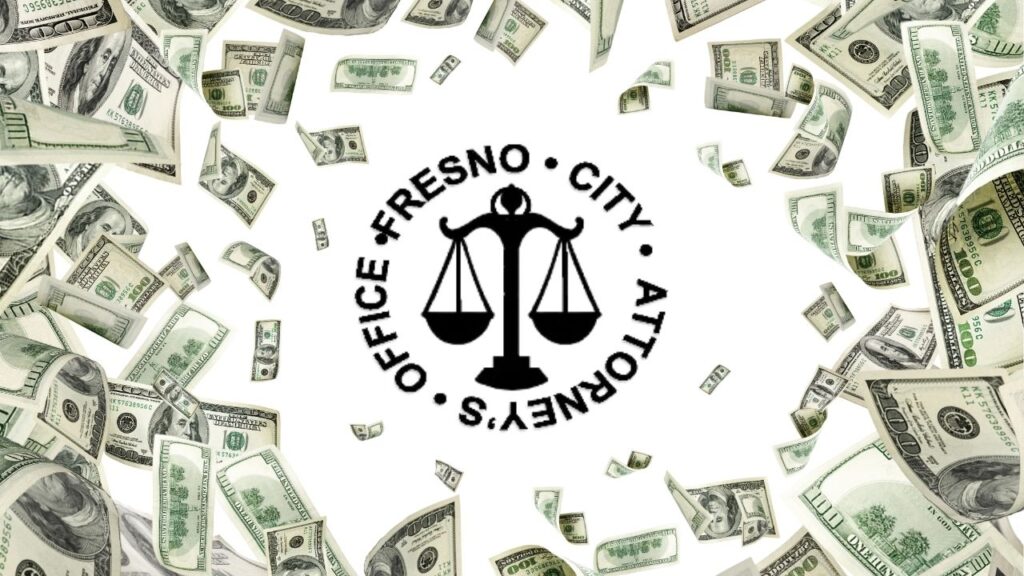Share
Electric vehicle enthusiasts are starting to notice how skyrocketing PG&E rates are dipping into their wallets.
Long valued for their bargain-rate power, EVs are becoming more expensive to drive thanks to PG&E’s recent 20% electricity rate hike.
And, with more PG&E increases on the horizon, it’s natural to ask just how much it will cost to power an EV in 2035 — when California ends the sale of new gasoline-engine cars.
For people who pay close attention, it’s easy to draw a comparison to how new state regulations are making it increasingly unattractive to add solar panels to a roof.
Do California leaders really want to fight climate change?
The question is asked because the state and electricity providers are taking away the incentives that made EVs and solar systems attractive in the first place.
EVs Cheaper to Operate, More Expensive to Buy
For the record: It’s still cheaper to charge an EV than to fill up with gas or diesel. However, CalMatters reported last July that the average cost of an electric car was $53,469 — about $5,000 more than the average new internal combustion engine car.
Clearly, acquisition cost is a barrier to buying an EV. And, as electricity charges rise, more Californians will decide to stick with gas for as long as they can.
Los Altos Hills resident Barry Smith, an early adopter of EVs, told the San Francisco Chronicle that he’s noticed his PG&E bill is much higher this year.
“The big financial advantage was fuel savings: the more you drove, the greater the savings,” Smith said. “If there’s not that much savings, people are going to wait.”
Special PG&E Rate Plans for EVs
Meanwhile, PG&E wants EV owners to know about its special EV rate plans. The utility says that if drivers charge their cars at home, the cost is $3.23 to $3.29 for the electricity equivalent of a gallon of gasoline.
Read more at the San Francisco Chronicle.
RELATED TOPICS:
Categories

Trump Says He and Netanyahu Don’t Fully Agree on West Bank

Clovis Police Plan New Year’s Eve DUI Saturation Patrol

















